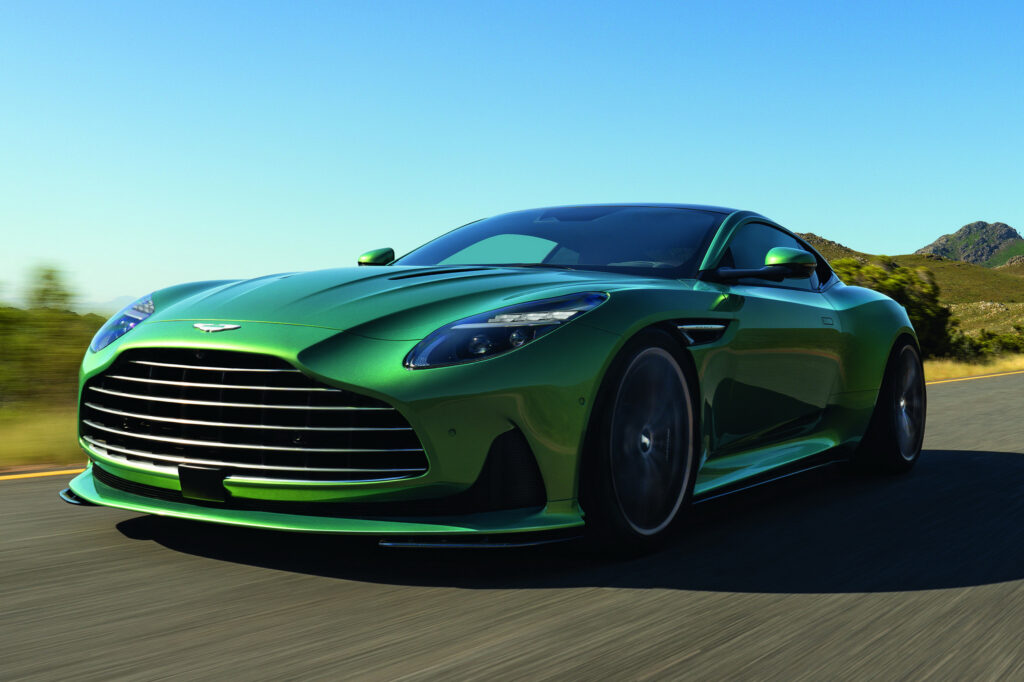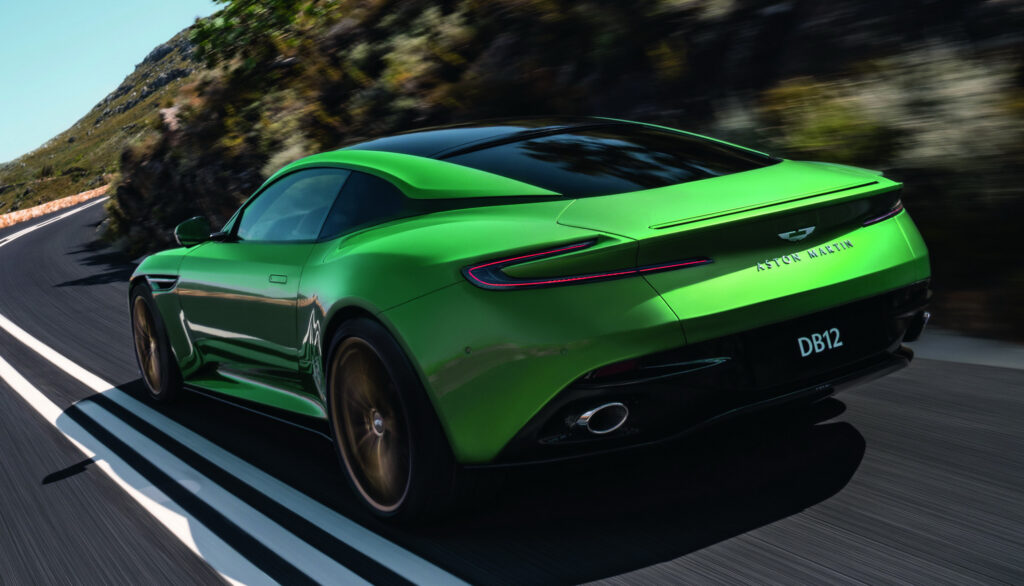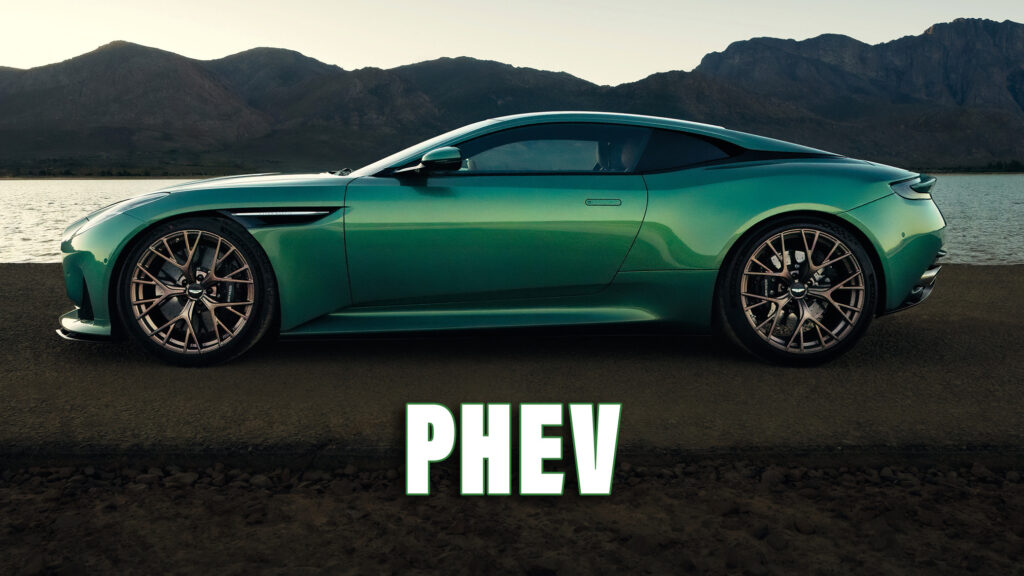Aston Martin boss, Lawrence Stroll, has confirmed that all core models of the brand will be offered with a plug-in hybrid option in the near future, following the debut of the upcoming PHEV-only Valhalla supercar. This move is consistent with the announcement that was part of the Racing Green strategy.
During the financial report for the first half of 2023 which proved to be quite profitable for Aston Martin, Lawrence Stroll said: “Our electrification journey will start with Valhalla, our first PHEV supercar, and we plan to expand our PHEV range into our core vehicles which will bridge the customer journey from ICE to full BEV.”
The electrification crescendo will include the DBX SUV, the recently unveiled DB12, as well as the upcoming Vantage and DBS models. The goal is for the PHEV (Plug-in Hybrid Electric Vehicle) option to bridge the gap between the current Internal Combustion Engine (ICE)-powered models and the future Electric Vehicles (EVs).
More: New Aston Martin DB12 Eschews V12, But Promises To Be A Better Driver’s Car

As reported by Autocar, the plug-in hybrid powertrains will be sourced from Mercedes-AMG which supplies V8 engines to Aston Martin since 2016. While details have yet to be confirmed, it’s likely that Aston Martin will use variations of the electrified twin-turbo 4.0-liter V8 in combination with a rear-mounted electric motor, already found in Mercedes-AMG flagship E-Performance models and expected to be used in the Valhalla supercar.
In the most powerful trim of the Mercedes-AMG GT 4-Door Coupe, the PHEV setup is capable of producing a combined 831 hp (620 kW / 843 PS) and 1,400 Nm (1,023 lb-ft) of torque, while Aston Martin promised an even higher output of over 986 hp (735 kW / 1,000 PS) for the Valhalla. Chances are that the rest of the lineup will be somewhere in between, allowing some breathing room for the electrified mid-engined supercar. As for the zero-emission range, it depends on the batteries that Aston Martin will use for each of its models.
A few months ago, Stroll promised 8 new sportscars within the next 2 years. Among these, we’ve already seen the new DB12 that debuted in May, while the next-generation Vantage and DBS models are expected to arrive within the next 15 months. It’s worth noting that this number likely includes the PHEV (Plug-in Hybrid Electric Vehicle) variants of those models.
Moreover, it is reported that the DBX SUV could receive a facelift in 2024 coinciding with the addition of the PHEV option. As for the upcoming EV, it is anticipated to arrive in 2026 and will be equipped with Lucid-sourced batteries and motors.
Correction: A previous version of this story stated that Aston Martin’s entire core range would have PHEV options from 2024, based on Autocar’s original report. However, the magazine has since revised its story while Aston Martin also clarified in an email that the first PHEV, which will be featured in the Valhalla model, is the only one scheduled for release in 2024. Further electrification plans for the core lineup will be announced later.





